Death Valley National Park
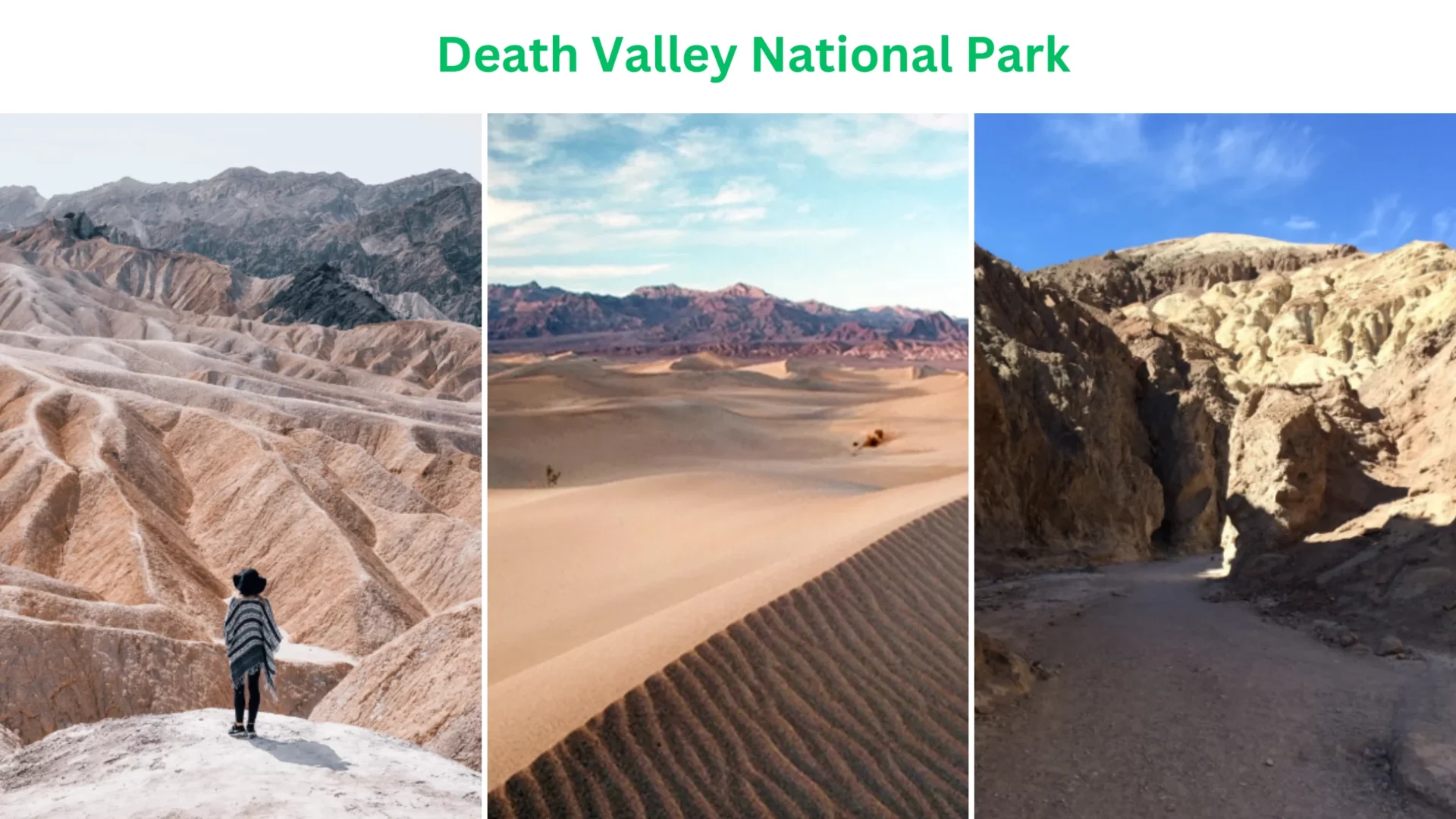
Death Valley National Park is a large desert park that may be found in the eastern part of California. Salt flats, dunes, canyons, and towering mountains are just some of the unusual geological characteristics that can be found in this region, which is famous for its high temperatures, harsh terrain, and otherworldly geological formations.
During your road trip vacation in an RV to Death Valley National Park, You will get the opportunity to see the breathtaking beauty of arid deserts, rugged mountains, and enigmatic salt flats.
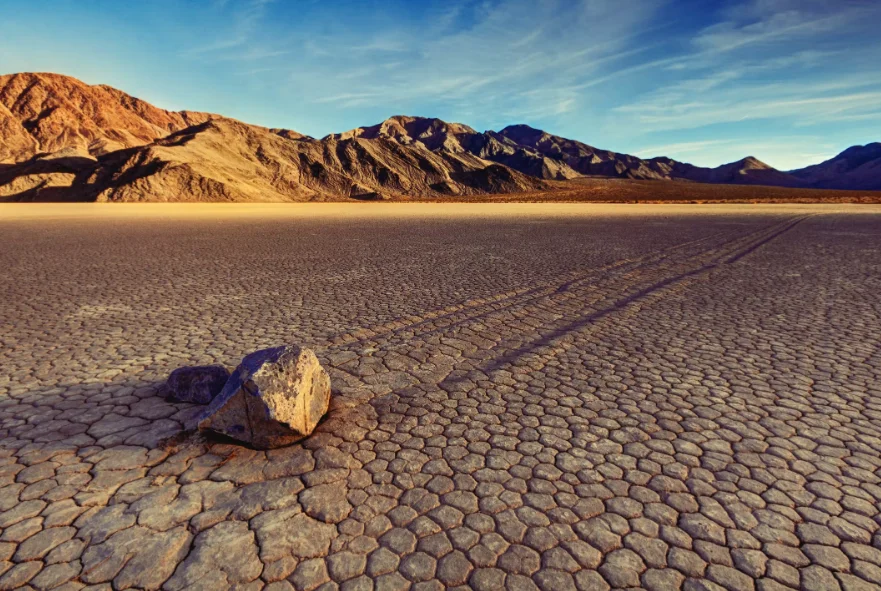
This stunning vista, which straddles the border between California and Nevada, takes in both the Great Basin and Mojave deserts. Death Valley National Park’s notoriety stems from several distinct factors. Regarding the lower 48 states, Death Valley is the hottest, driest, and lowest-lying national park. In addition, it’s the biggest national park in the contiguous United States.
Furnace Creek Visitor Center
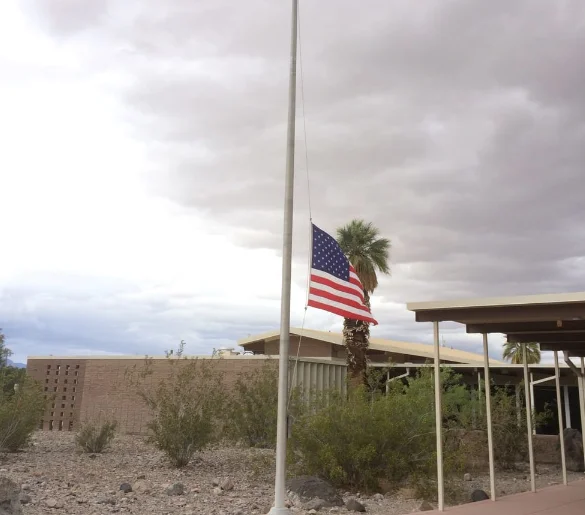
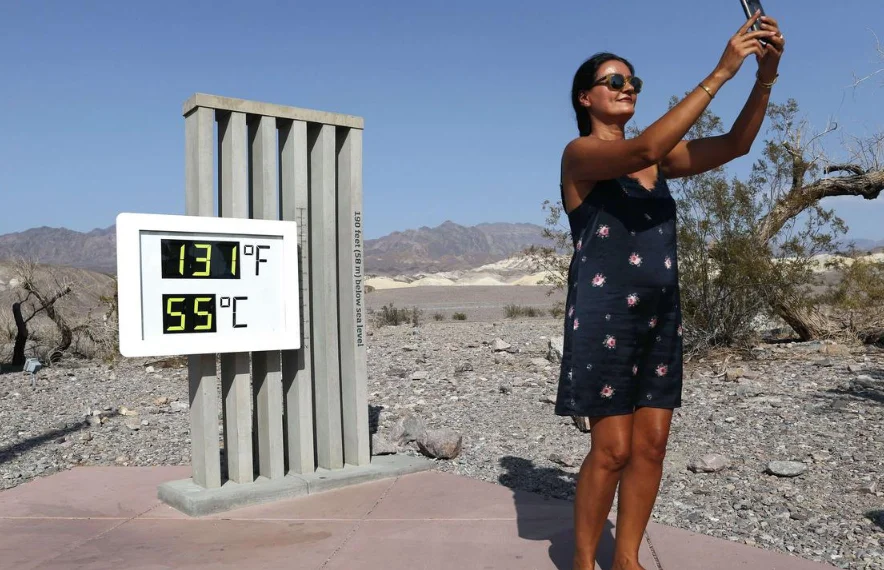
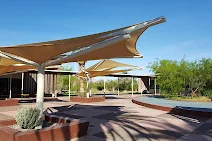
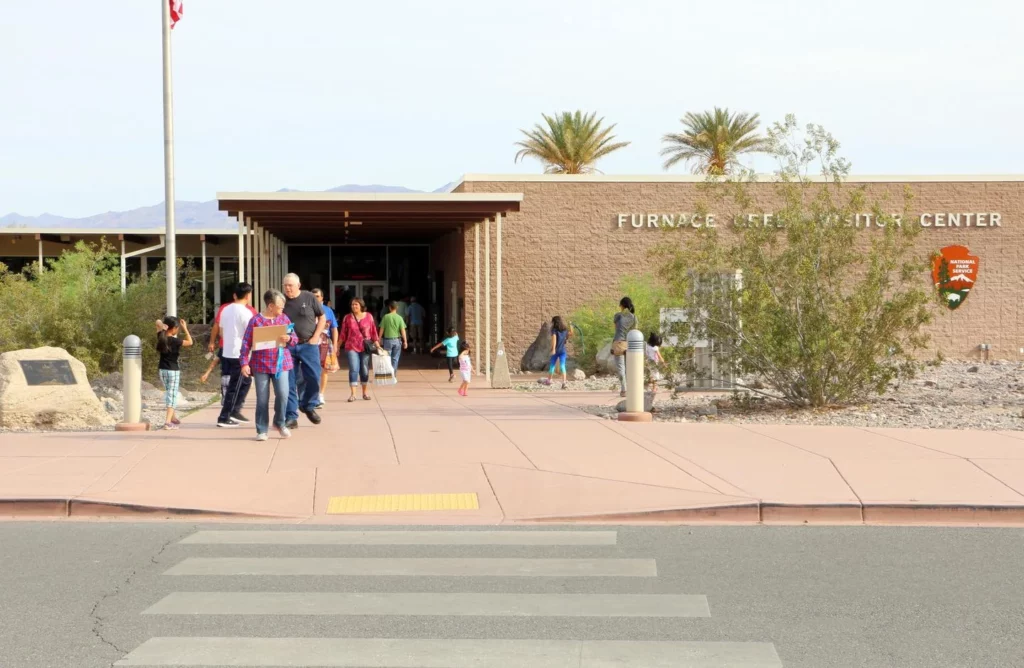
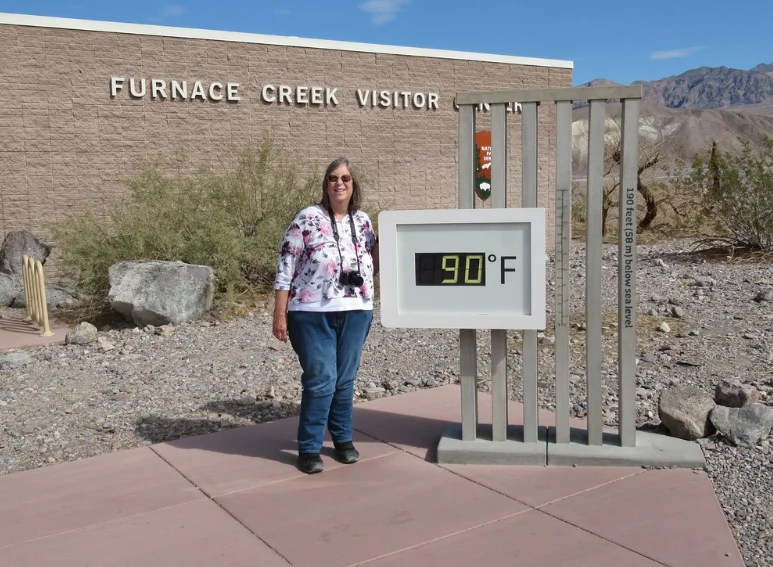
Learning about the region’s fascinating natural and cultural history is essential on any RV trip through The National Park of Death Valley. Travel to the Furnace Creek Interpretive Center to cool down from the summer sun while learning about the park’s history and natural features through films, exhibits, and ranger talks. Get some souvenirs of your trip to Death Valley before you go.
Mesquite Springs Campground
Mesquite Springs is a year-round campsite with 10 RV sites available on a first-come, first-served basis. The picnic table and fire pit are perfect for a tranquil afternoon or evening.
This campground has a dump station, flush toilets, and running water. The hours of operation for generators are 7 AM to 7 PM. Mesquite Springs Park is ideally suited for campers with smaller recreational vehicles due to larger RVs’ difficulty navigating the park.
Texas Springs Campground
November through April is the camping season at Texas Springs. There are 92 campsites for RVs, both big and tiny. Due to the narrow roads within the park, only smaller recreational vehicles, truck campers, and campervans are recommended.
In the hills above Furnace Creek is a campground with plenty of services, such as running water, bathrooms, and a dump station. You may enjoy the pleasant weather at each location by taking advantage of the fire pit or picnic table shade.
Private Campgrounds
There are three private campgrounds inside the gates of Death Valley National Park. RVs are welcome at these campgrounds, and most offer the conveniences that modern campers need.
Dining, golfing, and swimming are all options, depending on the RV Park you stay at. If you would prefer not to stay within the park, there are a lot of RV sites outside the park in Beatty, Amargosa Valley, and Pahrump, which are located on the western side of the park.
Backcountry Camping
Death Valley National Park spans over three million acres, so if you’re looking for space and quiet, you could like a backcountry camping trip into the park’s interior. Campsites in the backcountry are permitted, provided they are more than one mile from any day-use roads or paved highways.
Stocking up on water, food, and a map would be best before setting out on your wilderness adventure. You’re about to see some of the West’s most breathtaking scenery, so bracing yourself.
Hiking through Golden Canyon
Envision yourself on a hike across a landscape of golden hills, canyons, and sheer cliffs. Hiking via Golden Canyon to reach Red Cathedral is the way to make this fantasy a reality.
Fans of the original Star Wars film will recognize this as the location where the planet Tatooine was filmed. Impressive red cliffs form the Red Cathedral, which rises above winding pathways. The trailhead parking lot is big enough for trailers and RVs.
Take a Bike Tour
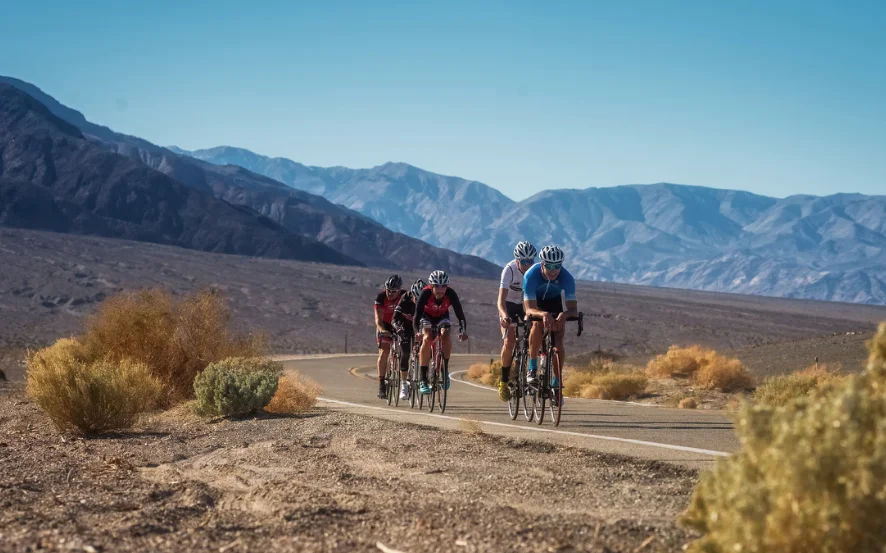
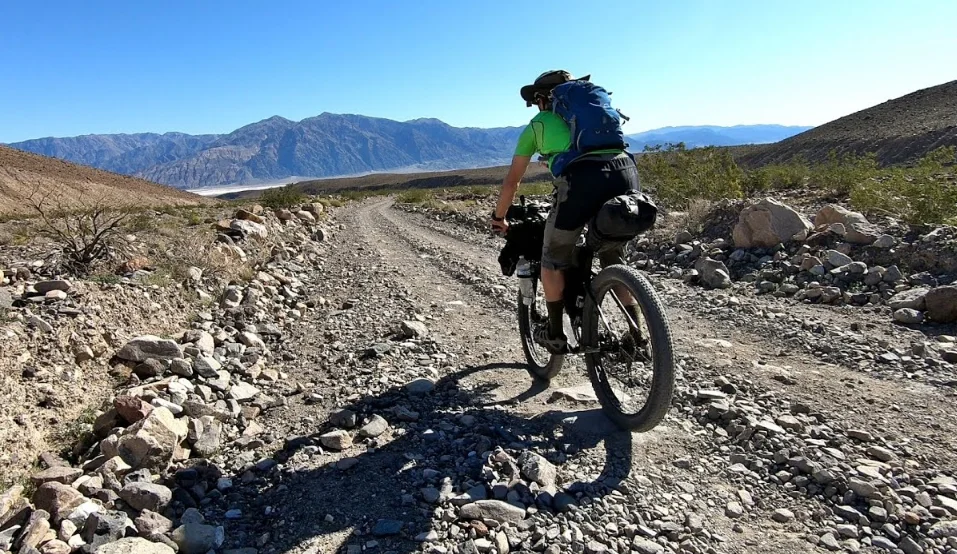
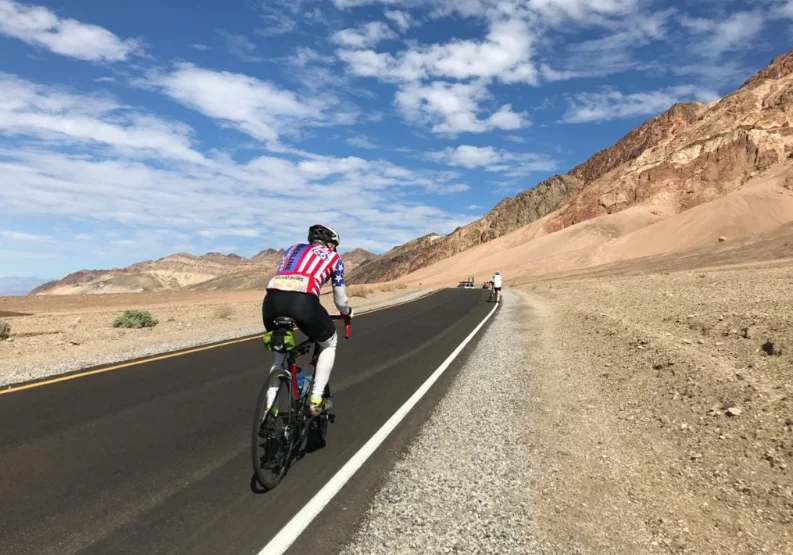
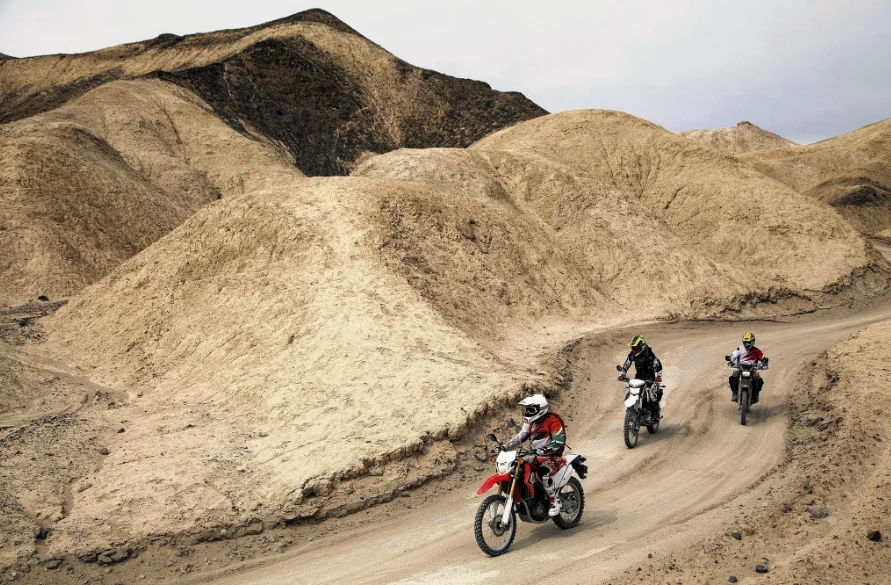
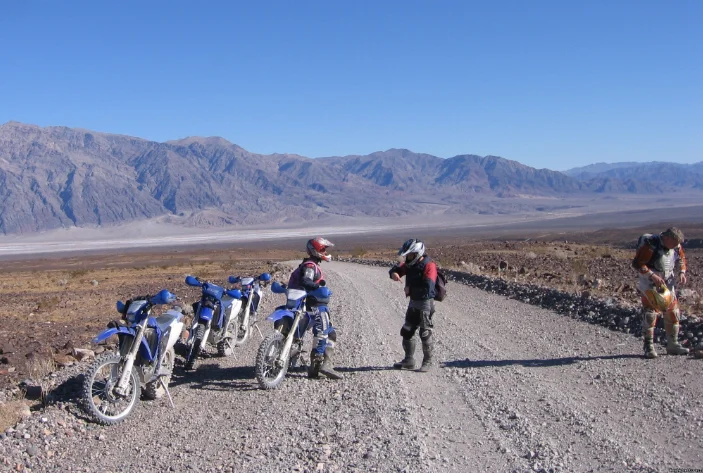
A bike excursion through Death Valley National Park is unlike any other, with its colorful mountains and enormous dunes. Private firms now provide guided bike tours with breathtaking vistas. This trip is perfect for cyclists who wish to see some of the most famous attractions in Death Valley, the Mesquite Flat Sand Dunes, Golden Canyon, and Zabriskie Point against breathtaking scenery.
Address: United States
Open: 24 hours
Phone: +1 760-786-3200
Established: October 31, 1994
Area: 13,650 km²
Visitors: 1,678,660 (in 2018)
Management: National Park Service
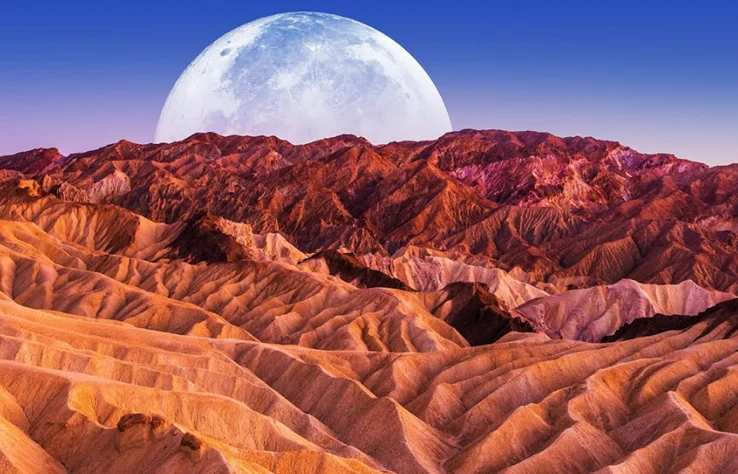

You must be logged in to post a comment.